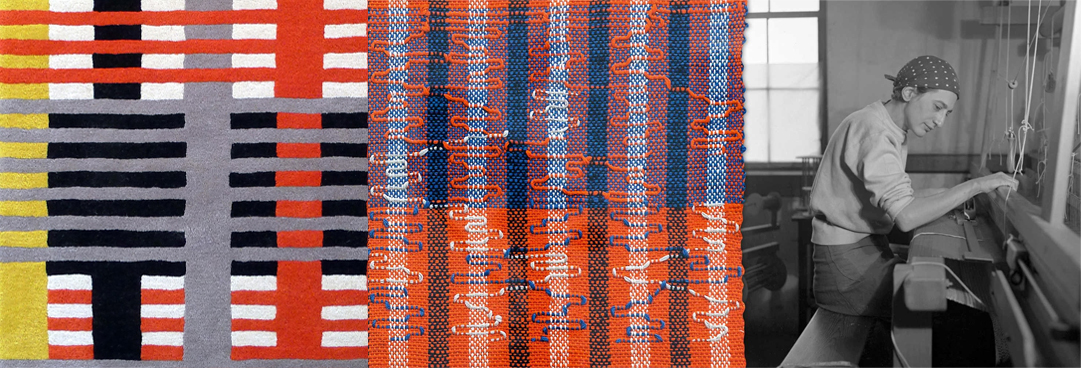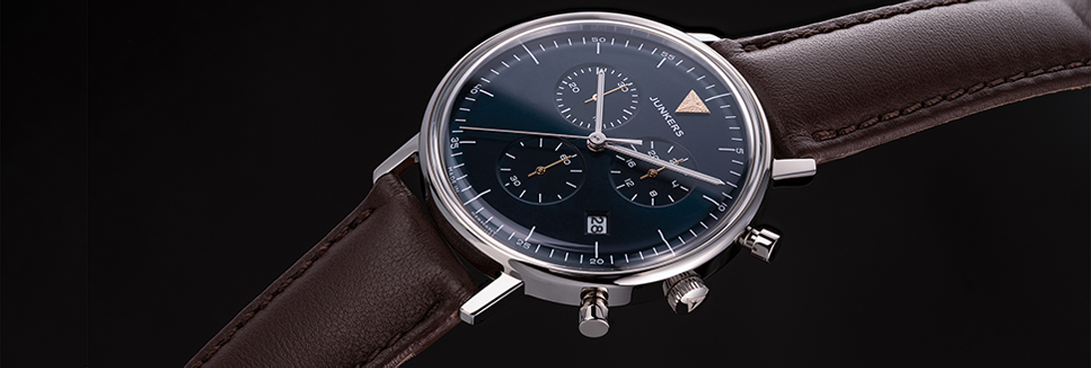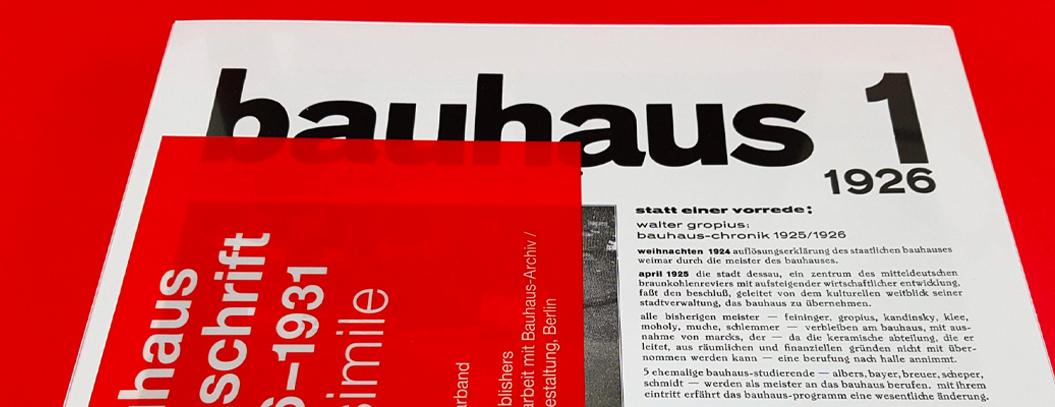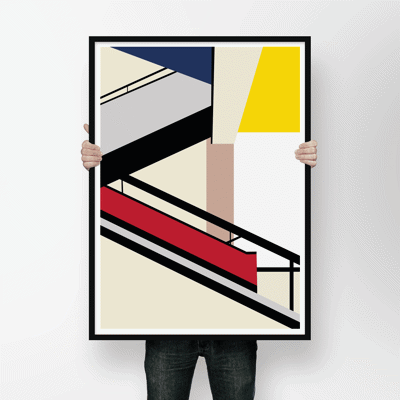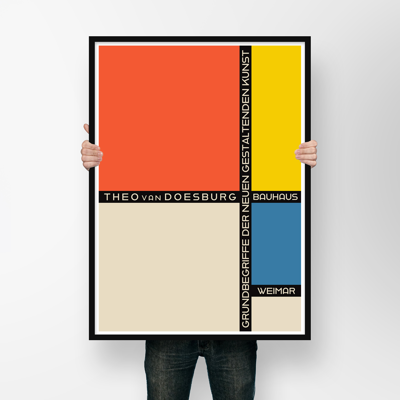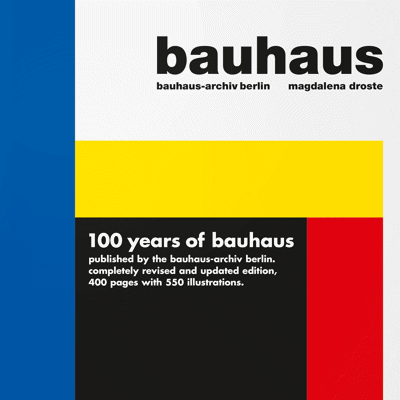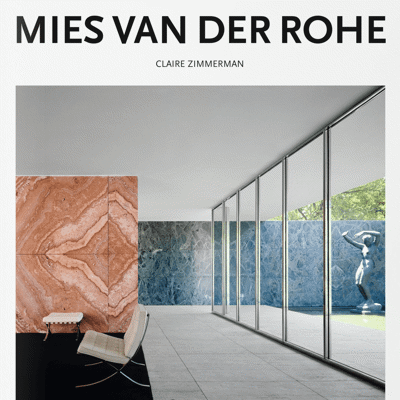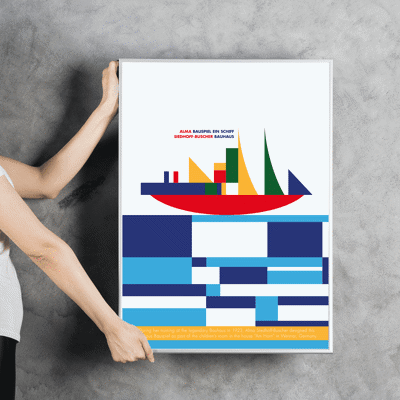
Brands
Thonet
Tecnolumen
Tecta
Lyon Beton
e15
All Products
Armchairs & Sofas
Chairs & Stools
Tables
Shelves & Storage
Accessories
Lighting
Garden & Terrace
Specials & Bundles
Home
Home Office
Entrance area
Garden & Terrace
Dining
Living
Work
Reception & Lounges
Training & Seminars
Cafeterias
Retreats
Conferences
Meeting Rooms
Coworking
Middle Zones
Hospitality & Events
Reception & Lounges
Congress & Trade Show
Multifunctional Spaces
Restaurants & Cafés
Hotels & Arenas
THONET been producing furniture for the home and contract segments for two centuries: at our Frankenberg site, bentwood and tubular steel design icons as well as contemporary furniture by renowned designers are produced with a passion for the materials and extraordinary precision.
The combination of state-of-the-art production technologies and traditional craftsmanship makes Thonet one of the most
successful furniture companies.



